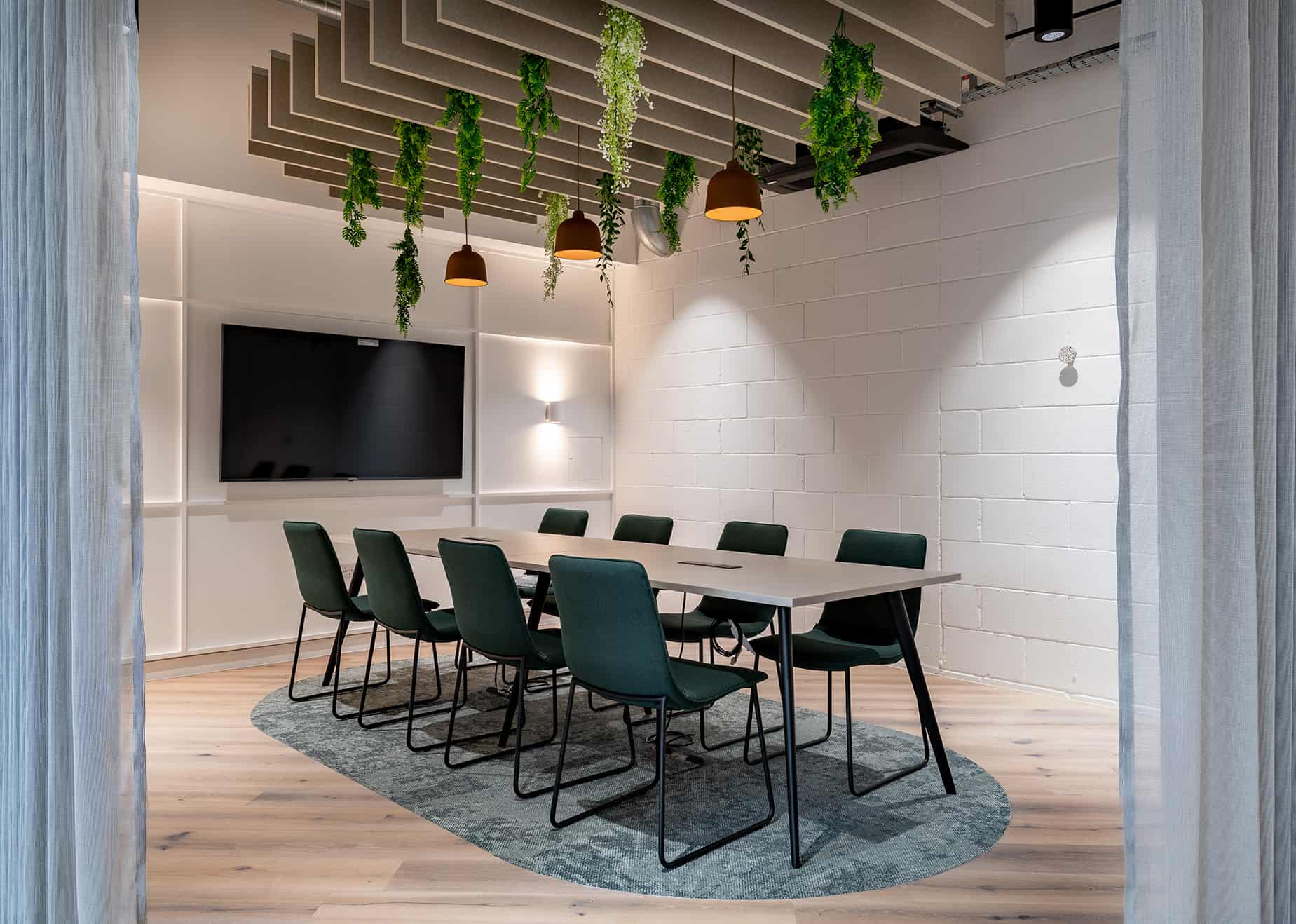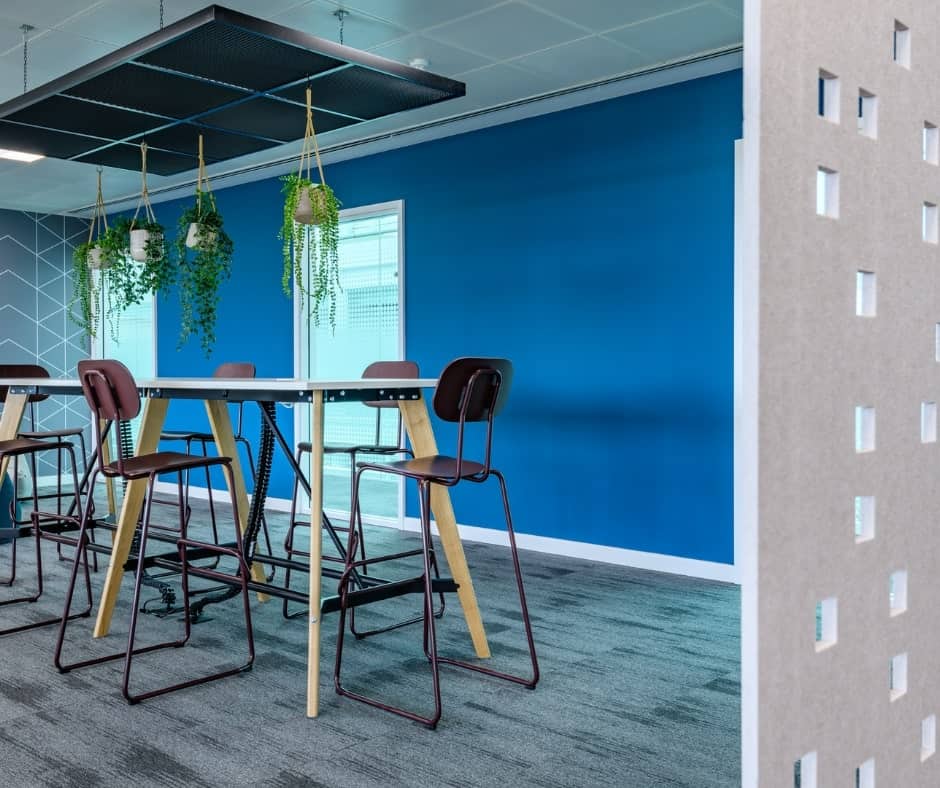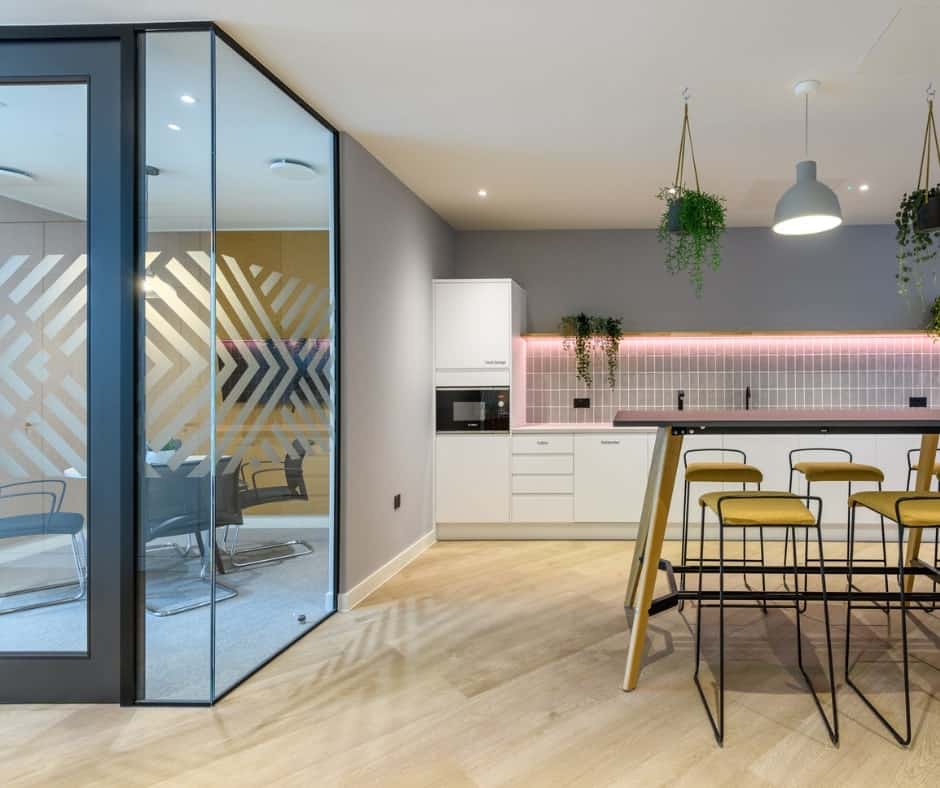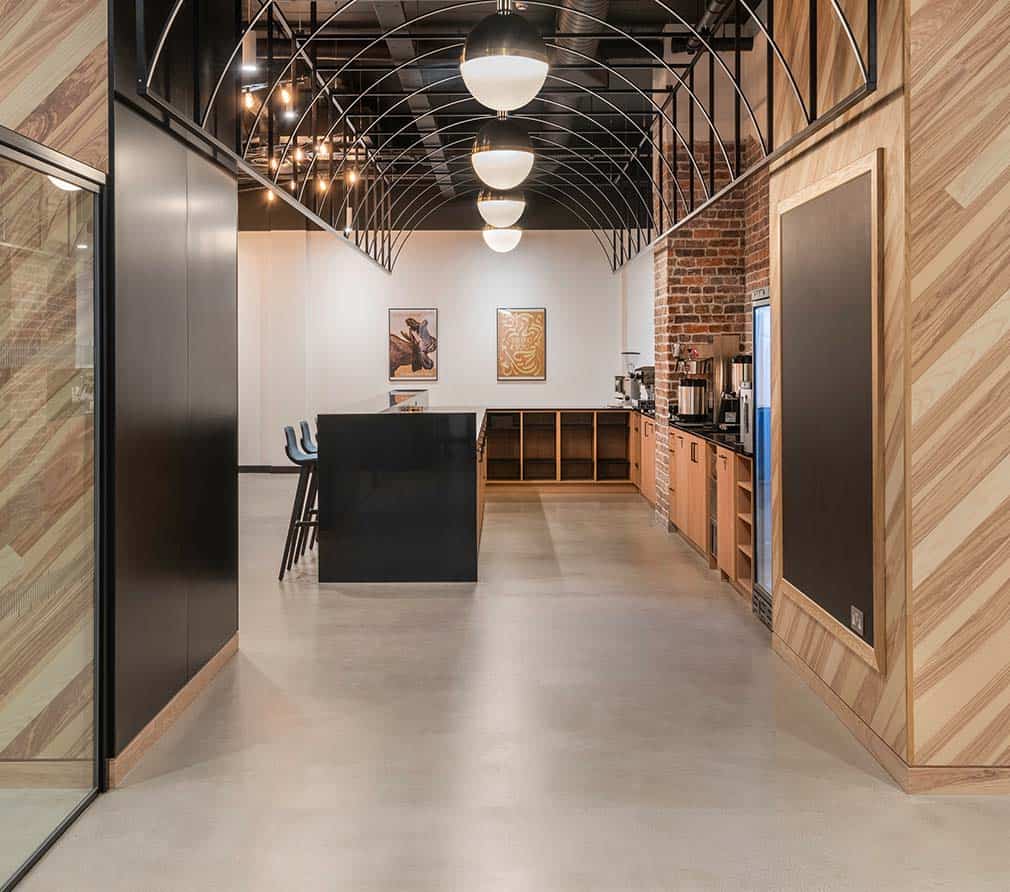Interior design is often thought of as a way to improve the aesthetics of an office space; to make it look nice, to provide a welcoming environment, and to show off branding.
And it certainly achieves all three of those aspects. However, the power of interior design extends far beyond mere appearance. In fact, when approached in the right way, interior design can empower organisations to implement vital changes that would otherwise be unattainable by using technology or internal processes alone. Sometimes, interior design is the essential element that’s needed to go the last mile towards a goal.
The Success Trifecta
As leaders in the field, we’ve seen first hand how technology, process, and design must all come together to help organisations adapt to the ever evolving landscape, maintain a strong employee experience, and ensure unwavering levels of productivity.
Technologies that automate internal procedures, reduce human error, and free up your valuable employees for more productive, profitable tasks are essential, that’s a fact that’s discussed frequently. And processes that ensure these technologies are used in ways that drive consistent, predictable results are a hot topic of conversation today.
Design is the long forgotten part of the pyramid. But as 2020 has shown us, it’s a critical foundation that facilitates the implementation of these technologies and processes.
The Hybrid Example
In the ‘new normal’, everyone’s talking about hybrid working. They’re asking questions like ‘how is it going to work?’, and ‘can it really be as productive as full time office working?’. We think the answers to these questions all come down to interior design.
Consider, for example, what’s needed to implement hybrid working. There’s 3 things:
1. Technology: You need digital platforms to enable on-site/off-site communications.
2. Process: You need employees to be clear on how these technologies will be used.
3. Design: You need an interior layout that allows for tech use and process roll out.
The role that design plays here is clearly critical. Businesses wanting to implement a hybrid working policy can’t just get the technologies and processes in place; they must be willing to design concepts that work better for hybrid collaborative experiences.
What visual considerations need to be built into a design to enable suitable lighting and backgrounds that can help to enhance on-camera communications? What materials must be built into a design for optimal audio quality and acoustics? What type of space is required to encourage both collaborative working and quieter, heads-down time? What layout is best to integrate and incorporate technologies into the environment?
The Benefits of Interior Design
Of course, the hybrid working trend is just one example of why interior design is important. There are countless other examples that can be seen in industry.
As an interior fit out contractor, when we work with offices our clients often ask us to create distinct areas and work zones, each based on different interior design principles that, through their unique design, offer employees a different experience, or promote a different function, or create a different atmosphere, or facilitate different types of interactions and communications. The design is used as a guide, and as a motivator.
A great example is our work with Moneybarn. There’s a very clear distinction between the interior design practices used in the meeting rooms – which are enclosed, understated, subtle, traditional, minimal, uniform, and professional – and the sprawling open break area that’s adorned with bright and vibrant colours, fun suspended lights, mix ‘n’ match cabinets, and odd furniture. This design is more random and playful.
Moneybarn’s employees are clear on what’s expected of them, and where, through this interior design. And that’s exactly why interior design is so important, and should always be one of the most vital considerations with any refurbishment projects, including restaurant refurbishment, office refurbishment, shop refurbishment, and so on.
Interior Design as a Driver of Success
As one of the UK’s leading interior fit out companies, we like to think of interior design in the same way that other industries think about product design. A product that looks great but lacks practicality is useless; a product whose design not only looks good but also enhances the use of the product, or the experience of using it, is the overall goal.
That’s what we believe in; leveraging the power of design for more than just aesthetics.
When we look at interior design, we see a way for businesses to do more, to achieve more, and to turn what they already have into something even more successful.








